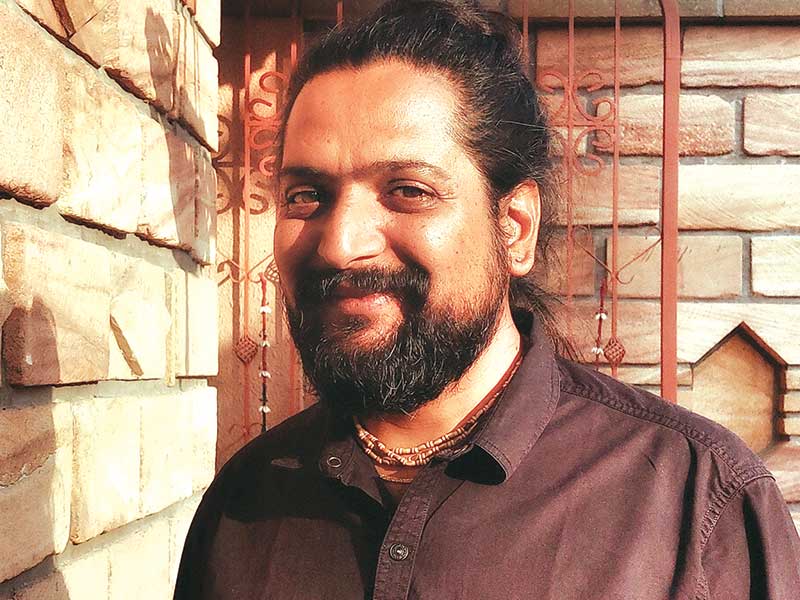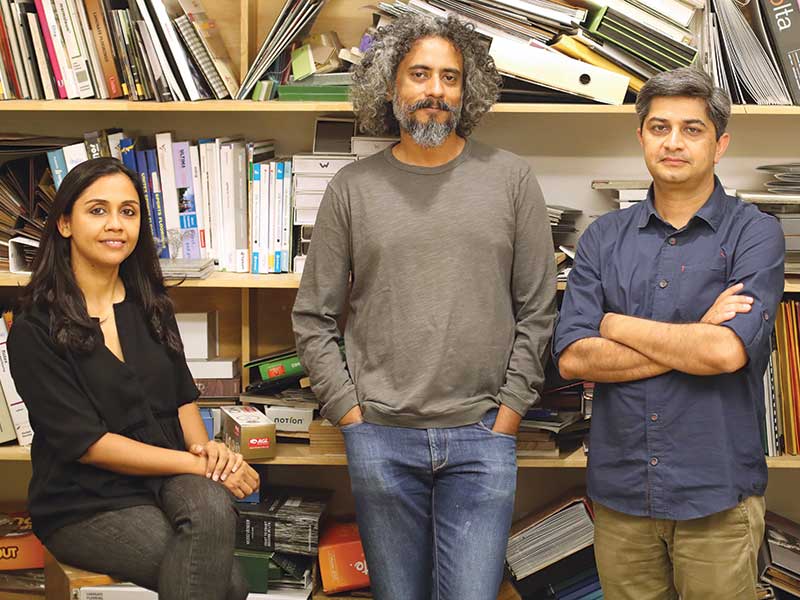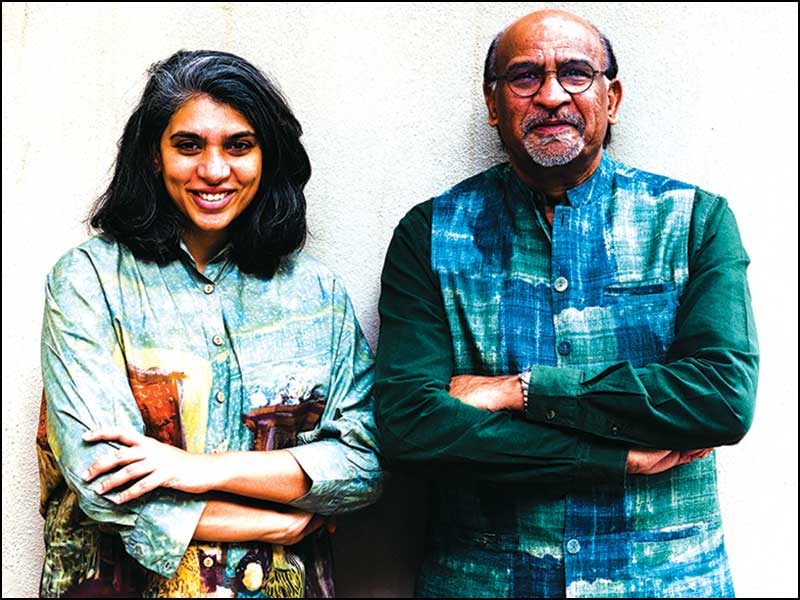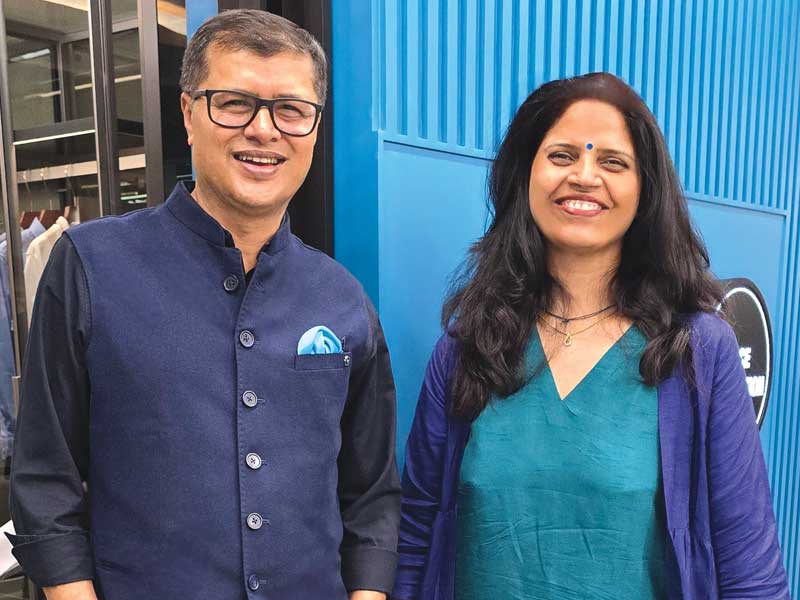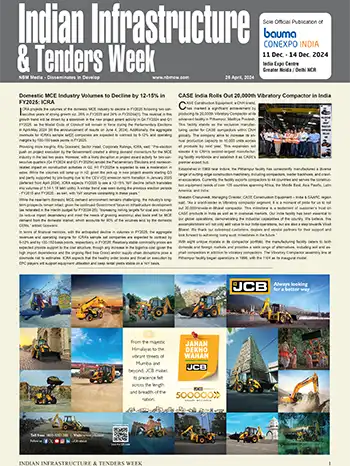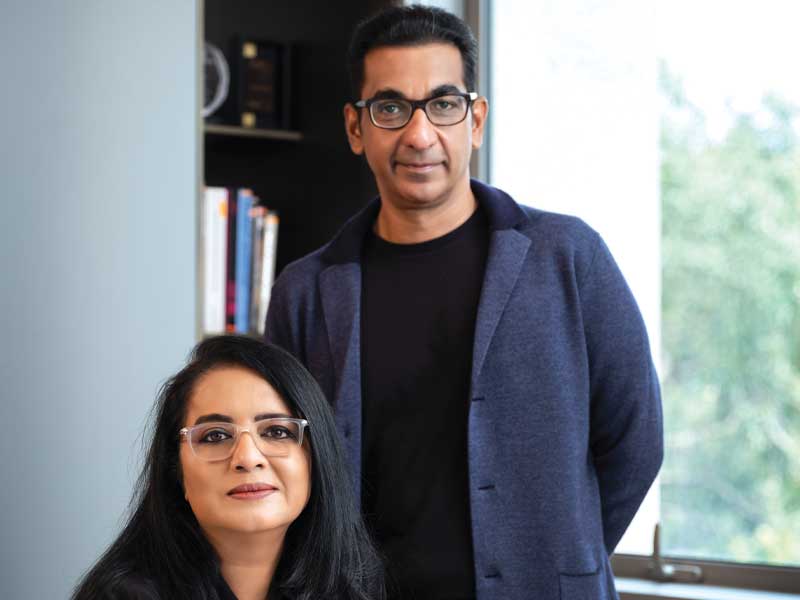
Architects today are committed to contributing to India’s net-zero 2030 target by creating exemplary net-zero energy buildings. Our design philosophy is deeply rooted in the rich historical knowledge of architecture and the vibrant arts and crafts heritage of the region. We purposefully integrate passive design approaches, local materials, and traditional building techniques right from the initial stages of conceptualization and planning, ensuring sustainability at every step of the process.
One significant opportunity on the rise is technological integration in design conceptualisation and implementation, including the use of Artificial Intelligence, Virtual Reality, and Augmented Reality to enhance the design process to create highly energy-efficient hubs.
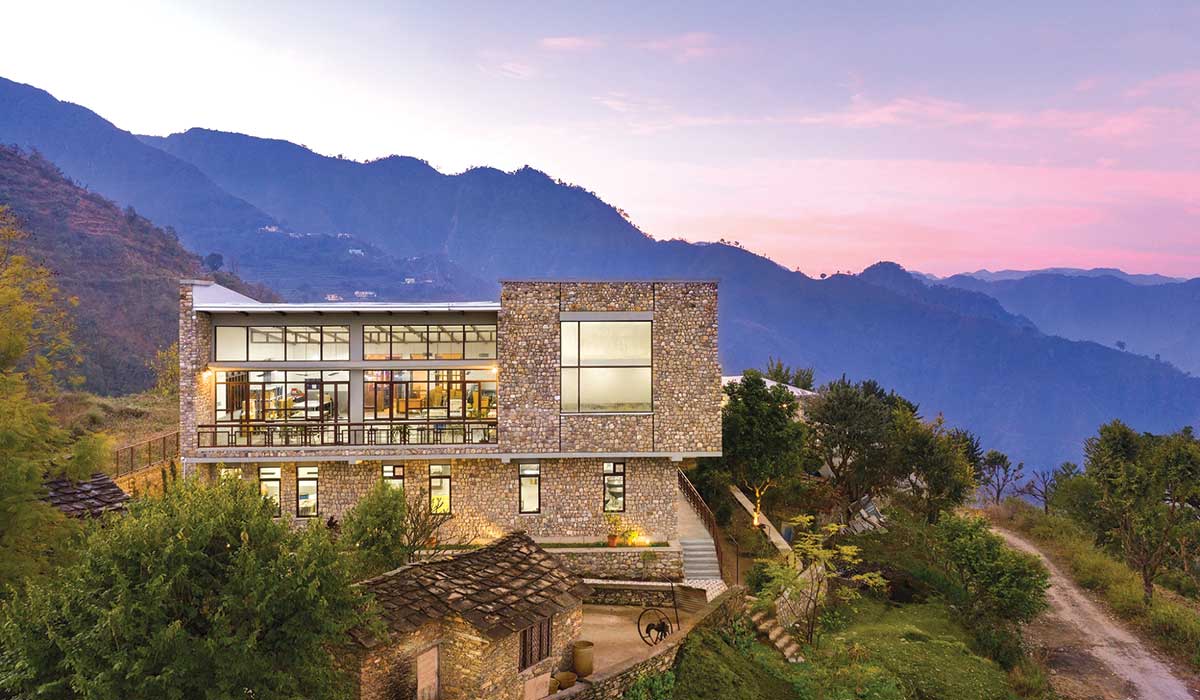
Additionally, there’s a growing demand for sustainable architecture, creating opportunities for architects to incorporate smart building principles along with biophilia into their designs. A smart building is characterized by efficient resource management, incorporation of distinctive features, and improvement of overall livability. While technology like gadgets and AI are integral, true smartness in architecture transcends these tools to embody the essence of a building—the S.O.U.L. Biophilic designs, on the other hand, go beyond mere integration of green elements; they actively promote physical well-being, aligning closely with principles of sustainability and enhancing livability. This integrated approach symbolizes the future direction of opportunity and innovation in architecture.
Innovations such as prefabrication, modular construction, and 3D printing are also driving efficiency and creativity in architecture. Advancements in building materials and construction techniques, coupled with digital tools like AI and BIM, are enhancing the quality of designs and facilitating more accurate and speedy construction processes.
Looking ahead, we foresee a notable shift towards more comprehensive and regenerative design approaches. This will entail a heightened focus on carbon-neutral and net-zero buildings, alongside the widespread embrace of biophilic principles to reconnect inhabitants with the natural world.
Optimization of all resources as a prerequisite to architecture today, has conservatively resulted in over 9 million sq. m. of built environment benefiting over 560,000 inhabitants, further saving 22 billion litres of fresh water, 4.1 billion kWh of energy, and a reduction in carbon dioxide emissions by 4.2 billion kg, successfully completing 50,000,000 sq. ft. of gross area of sustainable buildings.
For a developing nation like ours, the trajectory of ‘development’ may be characterized by the growth and enhancement of urban centers, which encompass educational, medical, and commercial amenities. Architects should be prioritizing two key objectives: on a global scale, maintaining the global temperature below 1.5°C; and on a national level, achieving net-zero energy targets of 2030.


